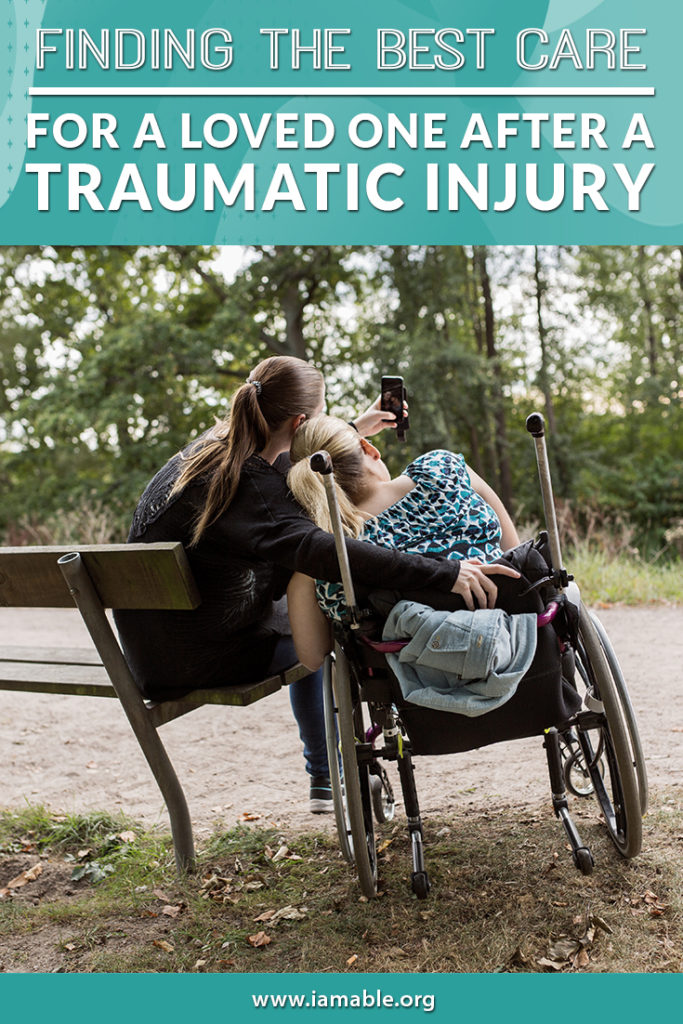Miami, FL 33186

First of all, let us begin by offering our sincerest condolences to you and your family. A traumatic injury, whether it is a TBI (traumatic brain injury) or an SCI (spinal cord injury), can be one of the most challenging experiences a family will ever go through. It is vital to realize you are not alone when facing a tragedy like this. In fact, there are hundreds of thousands of families going through the same thing in the US alone. Like you, they all want the best care for their loved ones. What are some families trying? Let’s take a look at the available options, from traditional treatments to activity-based therapy centers, so that your family can make informed decisions.
Depending on the type and severity of the injury, there may be some surgical options available. For example, with spinal cord surgery, the intention is to relieve compression of the spinal cord, extract debris that is pressing against the spinal cord, or stabilizing the vertebrae in order to reduce the risk of further damage. These surgeries are most effective the sooner they occur following the injury. Thus, time is of the essence when it comes to stabilizing the spine.
The same is true when it comes to TBIs. Brain swelling may occur immediately following the injury. This could lead to compression because there is not enough room in the skull for how much the brain is expanding. In this case, a surgeon may remove part of the skull temporarily until the swelling goes down. The surgeon will also remove any foreign objects that may have pierced the brain during the injury.
Again, these are immediate interventions and are usually emergency surgeries. Once the initial emergency is over, what treatments exist to help mitigate symptoms such as pain, paralysis, paresis, muscle spasticity, and more?
One of the most common symptoms following a traumatic injury is pain. If the pain becomes chronic or unbearable at times, the doctor may recommend the occasional use of pain relievers, perhaps even prescription ones. However, there are other symptoms that medication can help. For example, depression and anxiety are common following trauma. Specific prescriptions may help in this instance. There are also medications to help fight secondary infections, muscle tremors, and cognitive problems relating to the injury.
These two types of therapy are the most traditional forms of care in the wake of trauma. Physical therapy helps to exercise the functional muscles. This can increase range of motion, help improve strength and muscle tone, and get a loved one into shape for daily activities in a new way.
This is where occupational therapy takes over. The therapist will help your family member perform typical daily tasks in new ways depending on the degree of damage and what functions they may no longer be able to perform.
Depending on the abilities that an injury impacts, other forms of treatment may include speech therapy or psychological therapy. This can help your loved one improve and maintain communication skills and work out the complicated emotions that come with a traumatic injury.
Activity-based therapy centers are the modern way to enhance the benefits of more traditional therapies. ABT involves intense workouts that can have cardiovascular and respiratory benefits. These activity-based recovery methods also show promise in helping to restore strength and motor function with varying degrees of success depending on the amount of activity, types of exercise, and perseverance of the patient.
Some activity-based therapies can even help patients living with paralysis to exercise non-functioning muscles. For example, an FES (functional electrical stimulation) bike can allow a person in a wheelchair to pedal a stationary cycle by using electrical impulses. With a handcycle, even a person with tetraplegia may be able to get some much-needed exercise. At the very least, FES provides exercise for muscles that would otherwise rapidly atrophy. The activity can also reduce spasticity. Ultimately, the goal is to help the nervous system to rewire for activity.
Lokomat therapy is another way to get a patient up and moving regardless of the degree of injury. A harness and exoskeleton can allow even a person in a wheelchair to get on a treadmill and walk with a natural gait. The benefits and goals are similar to those we just mentioned when discussing the FES bike.
Suppose these are the modern therapies that you want your loved one to enjoy. In that case, it is crucial to search out an activity-based therapy center that focuses on a blend of traditional therapies and technology. This combination is the best way to optimize outcomes.
iAM ABLE is an activity-based therapy center in southern Florida, using the right blend of therapy and technology to get the best results for our patients. However, regardless of where you live, one of the essential factors for your loved one’s recovery is attitude. This is going to be a long journey, and the right mindset is a necessity. That is why we are proud to present the eBook 7 Unbelievable Important Steps to Take to Thrive after Paralysis. You and your loved one can read this book together to prepare mentally for the challenges and successes ahead.
Grab our free e-book 7 Unbelievably Important Steps to Take to THRIVE after Paralysis by clicking the image below.
